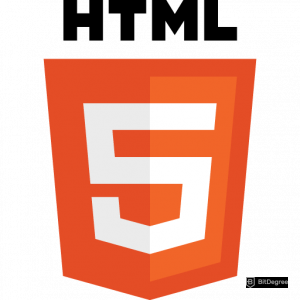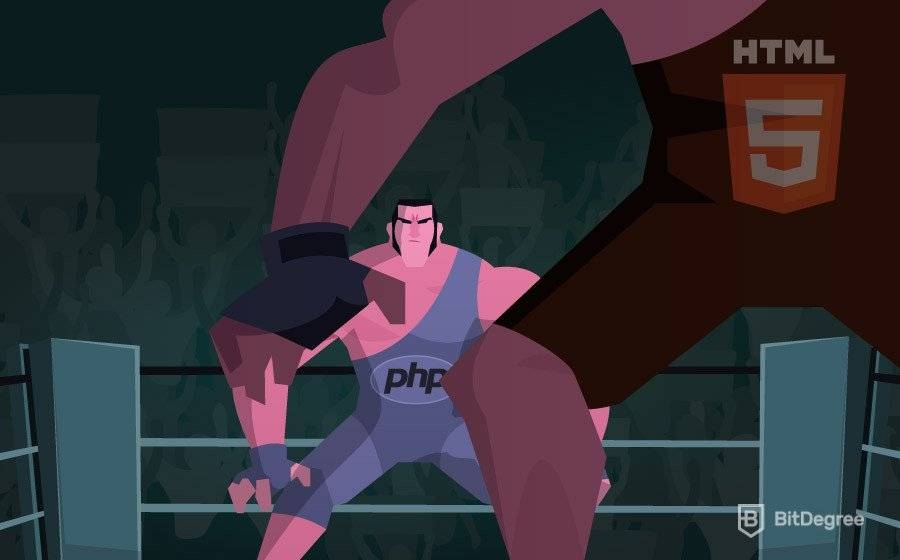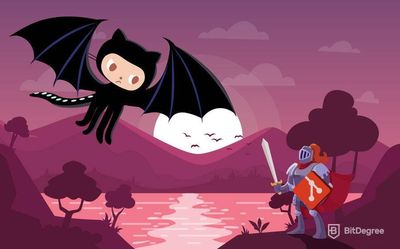Stop overpaying - start transferring money with Ogvio. Join the waitlist & grab early Rewards NOW! 🎁

PHP vs. HTML: both of these languages are for developing web applications but their use cases differ significantly. First of all, people who master HTML are referred to as coders, while PHP developers can proudly claim the title of a programmer.
Unofficial labels aside, HTML is one of the first subjects that every programmer-to-be is going to learn. This markup language is beginner-friendly, has tons of tutorials and courses, and is considered as the foundation of all web development. In other words, HTML is responsible for gluing the main structure of the website with its elements, attributes, and other components.
PHP is the leading back-end language for handling the server-side of websites. When compared to HTML, PHP reaches a whole different level of complexity when it comes to syntax, overall conventions of the language and the learning curve.
Table of Contents
HTML
Together with CSS and JavaScript, HTML forms the iconic trio when it comes to front-end web development. It means that these pals run on the browser and determine how your website looks to users. However, PHP is the weird kid on the block that your mother forces you to play with. Why? PHP has many quirks that beginners might find difficult to grasp.
Latest DataCamp Coupon Found:
While discussing PHP vs. HTML, it is notable that PHP runs on the server and the browser shows the results. Therefore, the work environment for these languages are different.
Basically, HTML files contain instructions on how components of pages should be displayed. You divide your content into lists, create tables, mark quotes, add footnotes, etc. Then, the browser receives and follows these instructions.
You can add PHP in HTML documents by enclosing the code in PHP tags. There are more options that are discussed in one of the sections below.
The tag system of HTML is not complicated. You need to master the main elements that shape your content first. Additionally, for styling with CSS properties, you need to learn how to mark elements with classes, IDs or attributes.
This course explains HTML from the very beginning, starting from setting up your editor to using more advanced features. Additionally, try this interactive course which is not only informative, but fun to learn from.
WordPress vs. HTML
If you are a beginner and wish to create and use a website, there is another option. WordPress vs. HTML refers to a debacle whether you need to build a website or just sign up for free services and start uploading content. However, not everything can come from a template. Sometimes, WordPress won’t help you enhance websites with greater functionality. In such cases, WordPress or other content management system (CMS) won’t help: you need to have some coding and programming knowledge.
PHP
PHP is an interpreted language, meaning that you do not need to compile the PHP code.
In other words, PHP is a scripting language that provides instructions for servers to interpret at runtime. This language is the most popular language for server-side web development. One of the reasons for this is that has many frameworks that can provide the base for the server-side of your website.
What are some standard use cases of PHP? Well, it is often applied to turn static websites dynamic, meaning that some parts of pages update without reloading the entire page. However, it is no longer popular to use raw PHP for the back-end. It is more standard for people to take advantage of frameworks such as Laravel or Symfony.
This PHP vs. HTML discussion already indicated that the learning curve of PHP is much higher than HTML. Therefore, you will need to dedicate more time to learn the basics, the installation process, practice writing code, explore available frameworks, and, finally, use this knowledge for actual projects.
To make your journey to becoming a PHP developer easier, we offer you an interactive course about this scripting language. This course explains PHP 7 and explains how you can use a framework called CodeIgniter.
Combining PHP and HTML
As we have mentioned, you can add PHP in HTML by using special PHP tags. This addition is usually for implementing functionality and dynamic features in websites. In an HTML document, you can add PHP code with the tag. The space between the PHP and the second question mark is the place for your code.

If you choose to infuse your HTML document with some PHP code, you might worry that this can ruin readability. However, as long as you close the standard PHP tag, you should not face issues regarding performance or readability.
Therefore, instead of trying to solve the debacle of PHP vs. HTML, you should combine these two languages to enhance your static website with some dynamic elements. However, we do recommend that you start learning HTML before you look deeper into PHP.
The special tag also has a shorter version: <? ?>. This tag will work as long as you update your php.ini file and turn on the “short_tags” setting.
If you encounter an HTML code editor that does not understand tags of other languages, you can use the long version of the tag to add PHP in HTML:
It is also possible to add HTML code inside PHP statements. For instance:
print "
Hello there
";
Converting HTML to PHP
There are converters that can help you turn your HTML code into PHP. This change means that the HTML code will be enclosed within the special PHP tag. Additionally, most of the submitted HTML code will feature echo or print statements to make them appear on the website. These tools are available for converting HTML to PHP:
Main differences between HTML and PHP
The key factor when discussing PHP vs. HTML is that HTML is a front-end language that runs on the browser, while PHP is back-end and runs on the server.
PHP handles the way your website works. In other words, it could be described as the heart that pumps the blood to all of the small components of the application. Meanwhile, HTML was the one that created the components that receive functionality from PHP.

For instance, let’s say your website has a login menu. You create and style it using a combination of HTML and CSS, sometimes with the Bootstrap framework as well. However, when you need need to check whether the inputted credentials exist and are correct, you need to use PHP and communicate with the server. Then, the PHP outputs the response and allows the user to log in (or shows a message that something is wrong).
The syntax of PHP takes time to learn. To be fair, mastering HTML is not a one-day-task as well, but PHP has more quirks and rules that need to be followed. Furthermore, you will need to spend some time practicing to bring your ideas to life. Without proper practice, you won’t learn HTML and PHP. The theory is great, but don’t let it keep you in a comfortable bubble.
Which language should you learn first: PHP vs. HTML?
If you are seriously considering a career in web development, your first target should be HTML. It will help you learn about the most general component of a website. Then, you can take a look at CSS, the properties of this language and the methods for combining them to make your website even more attractive to visitors. A common choice after CSS is learning JavaScript, possibly even diving into Node.js to learn about the way JavaScript works on the back-end.
Finally, with this skill set, you can start learning PHP, the most popular server-side programming language. After you learn the basics, you should look at the available PHP frameworks. With their help, you won’t have to write the entire code manually.

Did you know?
Have you ever wondered which online learning platforms are the best for your career?
Conclusions
The discussion of PHP vs. HTML leads to a simple verdict. These two languages are very different: their capabilities, purposes, and uses come from two separate spheres of web development.
However, both of them are necessary if you want to create a successful and, most importantly, functional website. HTML will gladly help you build the structure of your website, and PHP will turn it dynamic and feature-rich.











